The traditions of a traditional British wedding are quite popular and you have probably heard of some of them before. The bride’s exit, the tossing of the bouquet, and the traditions of “something old, something new, something borrowed, and something blue” are just some of the most popular ones. But what do these beliefs in the supernatural represent? Where did they come from? Here are the interesting backstories of some of the most popular British wedding traditions.
Contents
British Wedding Traditions and Their Origins: Top 6 Things To Know
1. One knee proposal
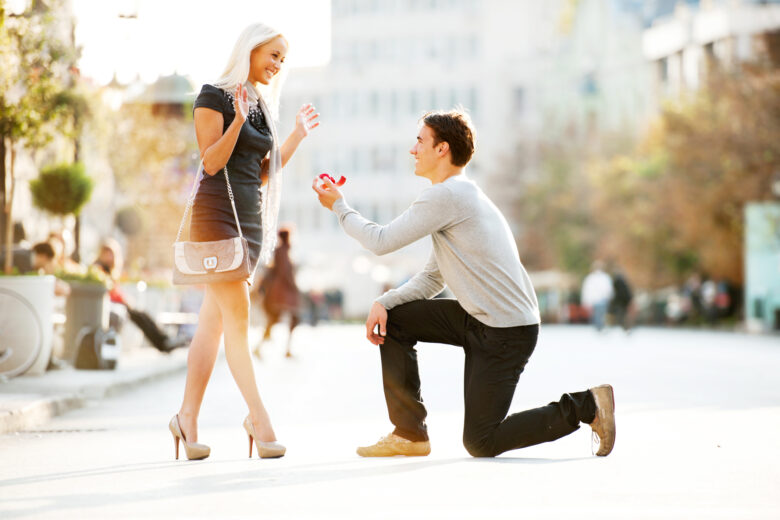
Source: lovetoknow.com
In Britain, the custom is for the groom to get down on one knee in front of the bride. The engagement ring is shown on the man as an unlocked ring box. She consents to wear the engagement ring while they decide on the design of their wedding bands after he proposes to her in a very elegant and delicate manner. Although no one is certain, it is believed that this practice originated in the Middle East some three thousand years ago.
Kneeling in front of someone shows respect, loyalty, and obedience, especially if that person has a higher position than you do, like the Queen. On one knee marriage proposals have persisted into the present era. This is carried out in public and is frequently accompanied by a love song or dance.
2. The ring
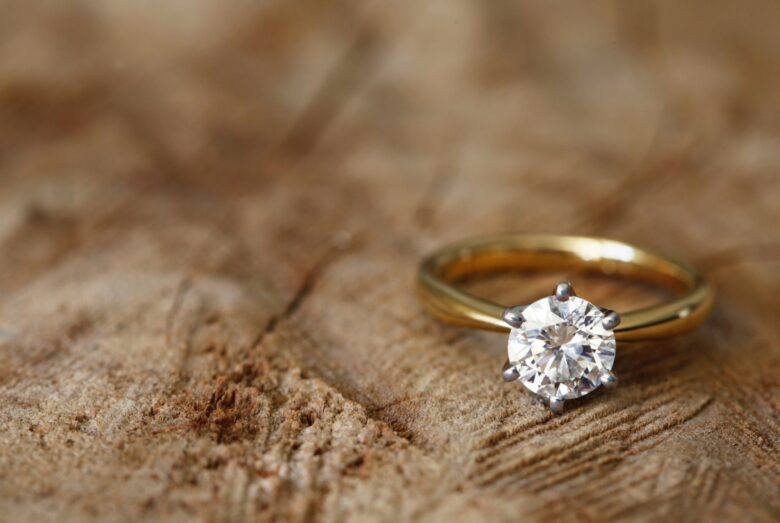
Source: canva.com
Proposals are just one of many English traditions that continue to be followed today. When two straight people start a relationship together, the man is supposed to pop the question with a ring. Upon agreement, it is to be worn on the left ring finger. In addition, February 29 is the only day a woman is allowed to ask a man to marry her, believe it or not. Wedding invitations, also known as “banns of marriage,” are traditionally issued after a couple has gotten engaged and set the wedding date.
Since the purpose of the banns was to make the wedding public in case there were any objections, they acted more like a marriage notice than a party invitation. The marriage was only considered valid under the law if the banns had been read beforehand. Wedding traditions in England include the bride donning a white gown and the groom donning a suit. If you aren’t getting married yourself, there’s no pressure to observe these customs. The bride may also wear a horseshoe on her wrist or have one sewn into the hem of her garment.
An actual iron horseshoe, albeit maybe awkward to carry these days, was provided as a lucky charm. As the happy couple left the ceremony, their guests might shower them with wheat as a symbol of prosperity and procreation. This evolved into confetti, which was then individualized for unique wedding festivities by replacing traditional confetti with items like bubbles or fall leaves.
3. Days when to get married
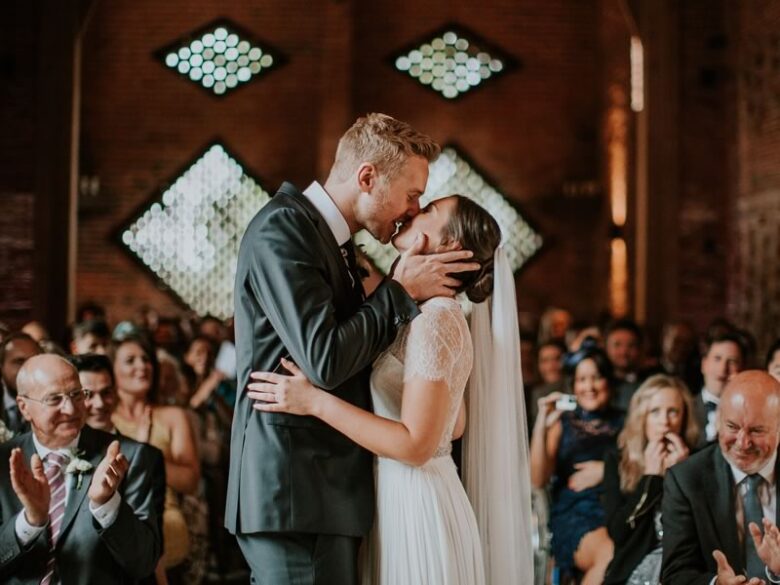
Source: weddingideasmag.com
Marriage during a full moon or during Lent is regarded as unlucky. The traditional proverb states, “If you get married during Lent, you’ll definitely regret it.” Regarding the date of your wedding, there is a proverb that goes, “Monday for health, Tuesday for wealth, and Wednesday’s the best of all.” “Thursday brings crosses, Friday brings losses, but Saturday brings no good fortune.”
According to tradition, the optimal moment to exchange “I do” is when the minute hand of the clock is “ascending towards heaven” (i.e., moving upward). If you are a superstitious person and someone who has a specific day in his or her head – rethink your options.
4. Stag nights and hen do’s
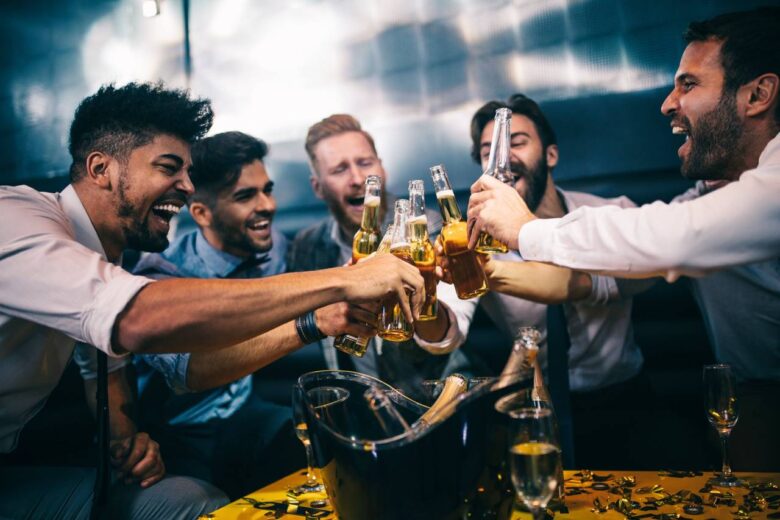
Source: hitched.co.uk
The last night of ‘independence’ before tying the knot is often celebrated with a stag or hen do by a ton of British men and women. However, these days, this is typically done weeks in advance, not the night before. The stag party is a tradition that dates back centuries, despite appearances to the contrary.
Traditions of a man’s friends and military comrades gathering the night before his wedding to toast and feast in honor of his new life as a spouse have their roots in Ancient Greece and Rome. However, if you want to enjoy a proper British approach, lifestyle, and set of trends, you can apply citizenship UK and make your wishes and dreams come true!
5. Something old something new something blue
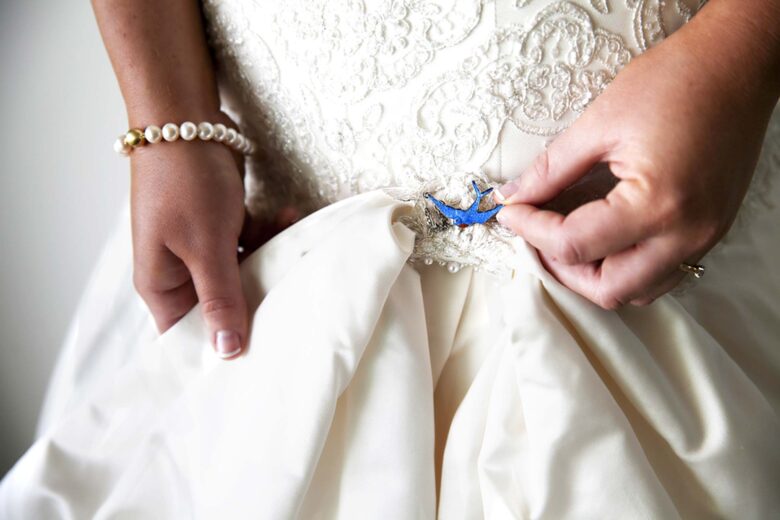
Source: rd.com
You’ve surely heard the nursery rhyme that previously described this tradition. As per conventional wisdom, you should give your bride “something old, something new, something borrowed, something blue, and a silver sixpence in her shoe.” Many brides would go to considerable efforts to ensure that everything in the poem is actually on them at the wedding. They might be donning a brand-new dress, a borrowed hat, some family-inherited jewelry, and a hint of blue.
Even though the rhyme was created by an anonymous English poet, you are not required to follow it exactly. The “old” refers to the past, while the “new” represents the future. The gifts given to the bride during the wedding are wealth and happiness, which are represented by the “something borrowed” from the husband and the “sixpence,” respectively. It was believed that carrying “something blue” would shield the bride from harm.
6. White wedding dress
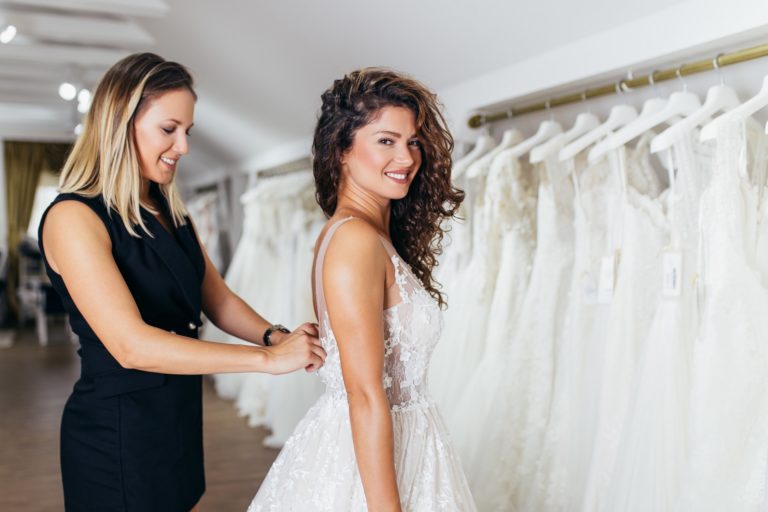
Source: ww166.com
The white wedding dress is a time-honored staple that many brides still like today. Since the time of the ancient Romans, the color white has been associated with chastity and innocence. White wedding gowns are the standard regardless of whether the bride is having a small, intimate ceremony or a large, lavish affair. White is one of the few colors that will go with anything and never clash, as seen by the chief bridesmaid’s choice of attire for the maids of honor and the decor of the wedding location.
The custom of having the bride wear a white wedding dress in the United Kingdom began with Queen Victoria and Prince Albert’s wedding on February 10, 1840. The tradition, however, has endured, and a white wedding gown is still the norm today. Because it complements any skin tone and never goes out of style, white is a popular choice for modern brides.
